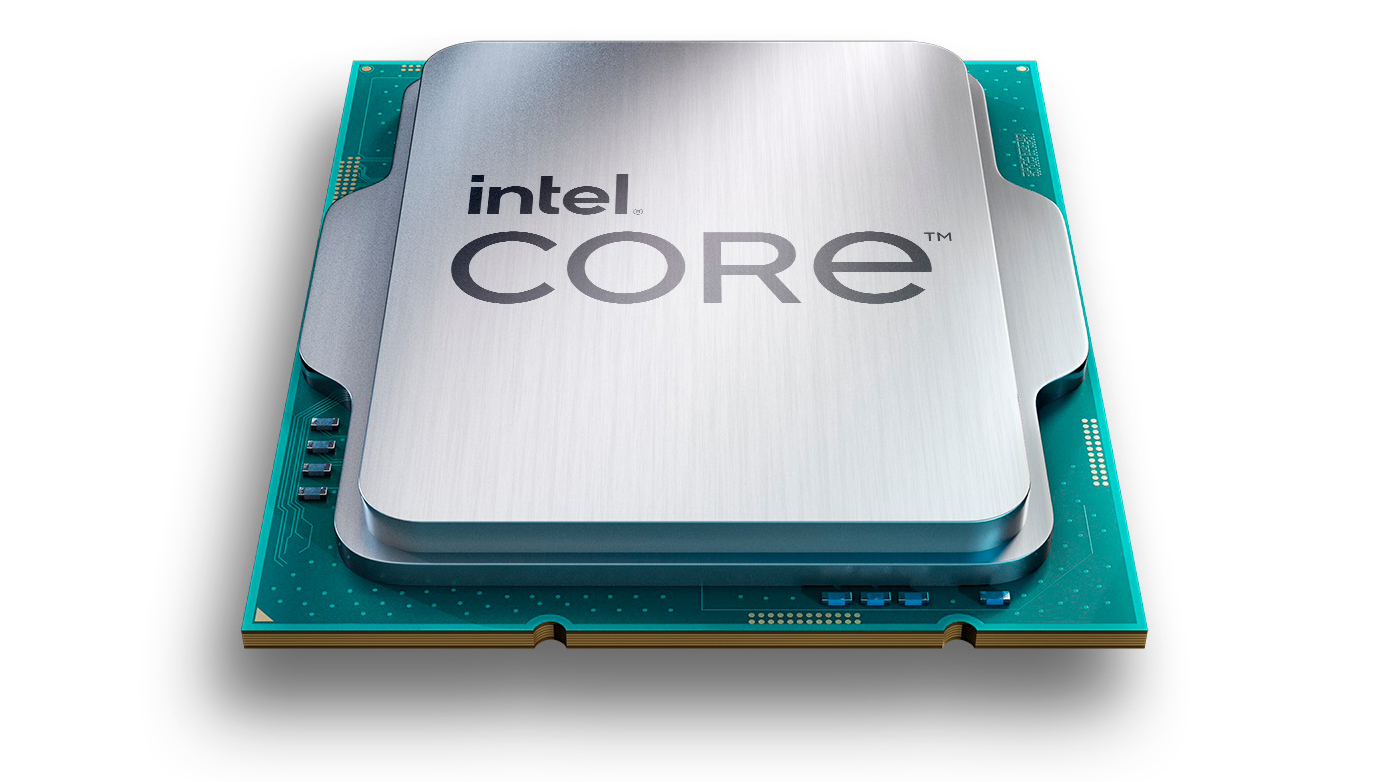Leaked Intel Core 3 N350 iGPU benchmarks point toward last-gen performance — Geekbench 5 OpenCL score lower than Intel UHD Graphics, GeForce 940M
Synthetic scores imply outdated iGPU tech will still be used at the entry level, though at least the CPU is an 8-core

A Geekbench 5 OpenCL (GPU) score was uploaded and shared on Twitter for the yet-unannounced Intel Core 3 N350, which seems to be an 8-core processor using last-gen Intel graphics.
The total OpenCL scoring of 6,191 points places the Core 3 N350's iGPU within range of Intel UHD Graphics (6,316, previously highest-end Intel iGPUs before integrated Arc/Iris graphics), Intel Iris Graphic Plus Graphics 650 (6,295) and the Nvidia GeForce 940M (6,244) discrete mobile GPU. Now, it's worth noting that even if these benchmarks reflect final performance, and there's a fair chance they're not, synthetic benchmarks are fundamentally flawed at communicating the actual end-user experience one should expect from a given product, particularly in pre-release.
However, if these results hold in the long term, they speak to Intel's non-Ultra Core 3 CPUs being left with somewhat anemic integrated graphics solutions. Now, no available onboard NPU (the main difference between Core and Core Ultra per the original name change announcement) probably won't matter much to most of you. However, entry-level users like decent iGPUs, and this move from Intel points toward entry-level iGPU users still gravitate toward AMD systems for their vastly superior integrated graphics.
For users who don't bother with integrated graphics, the Intel Core 3 N350 will likely still find a comfy enough spot within the market, even just as a cheap entry point to the ecosystem. The Intel Core 3 N350 designation also suggests that this design will likely utilize E-cores solely like the Intel Core N100 and N305. We can't ascertain the value of the CPU part here until we have benchmarks of those cores and not just the iGPU, though.
In any case, the appearance of the Intel Core 3 N350 on Geekbench running at up to 3,886 MHz from a 1 GHz base clock rate does seem attractive. The iGPU appears to reach a maximum frequency of 1,350 MHz, and the most curious part of the benchmarks identifies that the iGPU only has an allocation of 1.34GB— with the device totaling 3.78GB RAM, implying some harsh limits on RAM capacity for this testing. Since RAM capacity and speed tie directly to iGPU performance, there's still a chance that a better setup would likely improve these scores if they are legitimate to start.
Get Tom's Hardware's best news and in-depth reviews, straight to your inbox.

Christopher Harper has been a successful freelance tech writer specializing in PC hardware and gaming since 2015, and ghostwrote for various B2B clients in High School before that. Outside of work, Christopher is best known to friends and rivals as an active competitive player in various eSports (particularly fighting games and arena shooters) and a purveyor of music ranging from Jimi Hendrix to Killer Mike to the Sonic Adventure 2 soundtrack.
-
thestryker Cache configuration says this is just another ADL-N part so it's just an N305 +100Mhz CPU core clock. Unfortunate that Intel wouldn't be moving to a new core design, but also unsurprising as these are likely lower volume and margin parts.Reply -
Giroro Hopefully it supports dual channel memory.Reply
I'm pretty sure a memory bottleneck is why my single channel DDR4 N100 reports 98% GPU utilization during a simple OBS steam that's using <5% render and <30% encode.
Thing is sooo close to almost being a good streaming box. -
Notton I doubt N350 will have dual channel.Reply
It'll be like the N100, N300, and i3-1210U, featuring a 128-bit membus, but it's split between DDR4 and DDR5. -
thestryker Reply
It won't be dual channel as it's going to be the same core design. ARL-N really needs DDR5/LPDDR5 to get enough bandwidth due to single channel and even then could likely benefit from dual channel depending on the workload.Giroro said:Hopefully it supports dual channel memory.
I'm pretty sure a memory bottleneck is why my single channel DDR4 N100 reports 98% GPU utilization during a simple OBS steam that's using <5% render and <30% encode.
Thing is sooo close to almost being a good streaming box. -
User of Computers Reply
ARL-N likely won't be exist. This leaked SKU is probably just "Twinlake", which is allegedly just ADL-N refresh.thestryker said:It won't be dual channel as it's going to be the same core design. ARL-N really needs DDR5/LPDDR5 to get enough bandwidth due to single channel and even then could likely benefit from dual channel depending on the workload. -
subspruce Reply
why does Intel love refreshing Alder Lake so much?User of Computers said:ARL-N likely won't be exist. This leaked SKU is probably just "Twinlake", which is allegedly just ADL-N refresh. -
TheHerald Reply
It's very common on laptops AMD is still refreshing 2020 zen3 that are older than alderlake. They even name them Ryzen 7 7xxx.subspruce said:why does Intel love refreshing Alder Lake so much? -
subspruce Reply
Well Barceló-R was launched in January 2023, so 2 years after Zen 3 APUs first launched. This is launching over 3 years after Alder Lake launched (well this is just under 2 years after ADL-N launched), so both companies are equally guilty of this. Well you're missing something. Barceló-R is the 7030 series, easily distinguishable from the 7040 series, Phoenix.TheHerald said:It's very common on laptops AMD is still refreshing 2020 zen3 that are older than alderlake. They even name them Ryzen 7 7xxx. -
TheHerald Reply
Rebrand (lol) launched in 2024 man.subspruce said:Well Barceló-R was launched in January 2023, so 2 years after Zen 3 APUs first launched. This is launching over 3 years after Alder Lake launched (well this is just under 2 years after ADL-N launched), so both companies are equally guilty of this. Well you're missing something. Barceló-R is the 7030 series, easily distinguishable from the 7040 series, Phoenix. -
thestryker Reply
These are all the exact same architecture with regards to the CPU cores compute capability with same core count:subspruce said:why does Intel love refreshing Alder Lake so much?
5800X:
Release Date: Nov 5th, 2020
5800XT:
Release Date: Jul 31st, 2024
With the half cache implementation:
5800H:
Release Date: Jan 12th, 2021
5700G:
Release Date: Apr 13th, 2021
6800H:
Released: Jan 2022
5700:
Release Date: Apr 4th, 2022
7735H
Release Date: Jan 4th, 2023
AMD and Intel both do the same thing and TLDR: money.
Realistically though there's three main reasons we're seeing it:
MTL was the first volume part from IFS using EUV while they were still installing machines in fabs so they'd have likely never had enough volume of MTL alone to cover the laptop market so we saw some RPL SKUs.
ARL is using TSMC N3 which costs a lot of money so it makes sense that the lower laptop SKUs (unsure if there will be desktop or not) will be ADL/RPL.
When it comes to ADL-N the cadence for enterprise is likely a driver. Crestmont isn't a significant improvement over Gracemont so it would make sense for Intel to be planning a replacement with Skymont/Darkmont. Given the generally low margin of these parts it would make sense that Intel would prefer to use their own fabs and/or a cheaper process to make them and they likely don't have capacity right now. I wouldn't be surprised if we saw either Skymont or Darkmont on Intel 3 as the new N SKU down the road.